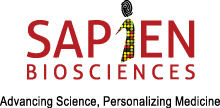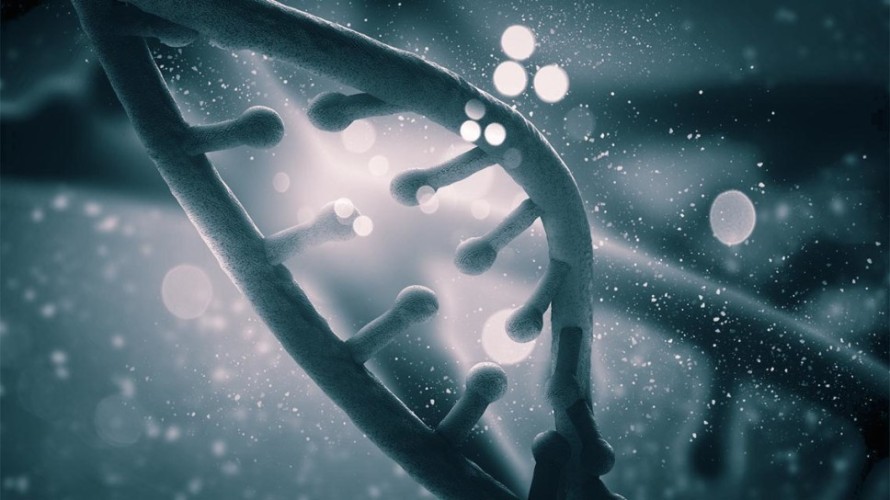A Targeted Agent for Triple-Negative Breast Cancer
Glycoprotein NMB (gpNMB) is a transmembrane protein and tumor-associated antigen that is expressed at higher levels in certain malignancies than in normal tissues. Glembatumumab vedotin (CDX-011) is an antibody-drug conjugate consisting of a fully human IgG2 monoclonal antibody against gpNMB linked to the microtubule inhibitor monomethyl auristatin E (MMAE). By targeting and binding to cells overexpressing gpNMB, the antibody is internalized, allowing for intracellular release of the cytotoxic MMAE.
A prior phase I/II trial of CDX-011 for refractory advanced breast cancer demonstrated an acceptable toxicity profile and an objective response rate (ORR) of 12% (NEJM JW Oncol Hematol Nov 2014 and J Clin Oncol 2014; 32:3619). In the subset of patients with triple-negative breast cancer (TNBC), the ORR was 20%, and progression-free survival (PFS) was 4.1 months; in TNBC patients with gpNMB-expressing tumors the ORR was 25%, and the PFS was 5.1 months. Now, investigators have conducted an industry-supported, randomized phase II trial (EMERGE) of CDX-011 versus investigator choice of chemotherapy (IC) in 124 refractory breast cancer patients with tumors overexpressing gpNMB (defined as ≥5% of malignant epithelial or stromal cells with any expression).
ORR was similar overall for patients receiving CDX-011 or IC (6% and 7%, respectively) and for those with gpNMB-expressing tumors (12% for both). ORR was higher with CDX-011 versus IC in patients with ≥25% of tumor cells expressing gpNMB (30% vs. 9%) as well as in TNBC patients (18% vs. 0%) and TNBC patients with overexpression of gpNMB (40% vs. 0%). Dose reduction occurred in 25% of patients in both treatment arms. The most common CDX-011 toxicities were rash, fatigue, nausea, neutropenia, and neuropathy.
Comment
The attraction of targeted therapy with an antibody delivery system is that it directs the cytotoxic agent preferentially to the malignant cell population, potentially enhancing efficacy and minimizing systemic toxicity. The use of ado-trastuzumab emtansine for HER2-positive breast cancer demonstrates the success of this approach (NEJM JW Oncol Hematol Sep 2014 and J Clin Oncol 2014; 32:2750). The signal that CDX-011 is active in TNBC is exciting, but the observations from this study are based on very small numbers of patients. A larger, pivotal phase II trial (METRIC) is under way to more fully investigate this compound in TNBC.
Citation:
Yardley D et al. EMERGE: A randomized phase II study of the antibody-drug conjugate glembatumumab vedotin in advanced glycoprotein NMB–expressing breast cancer. J Clin Oncol 2015 Apr 6; [e-pub]. (http://dx.doi.org/10.1200/JCO.2014.56.2959)


Recent Comments